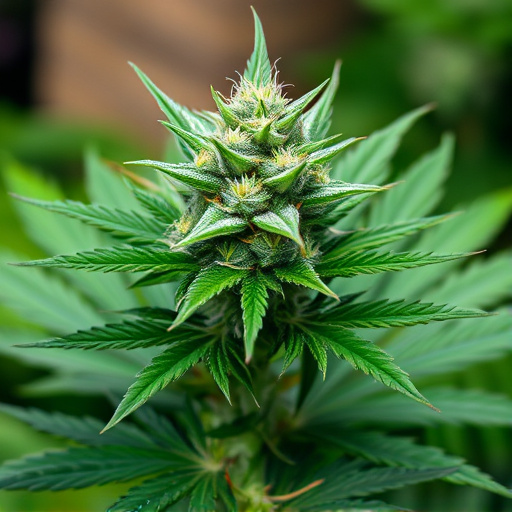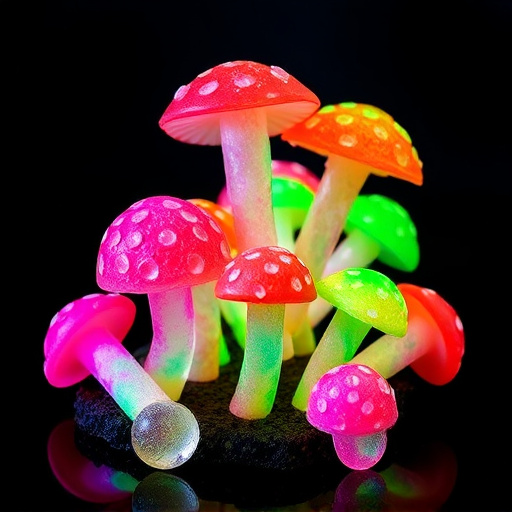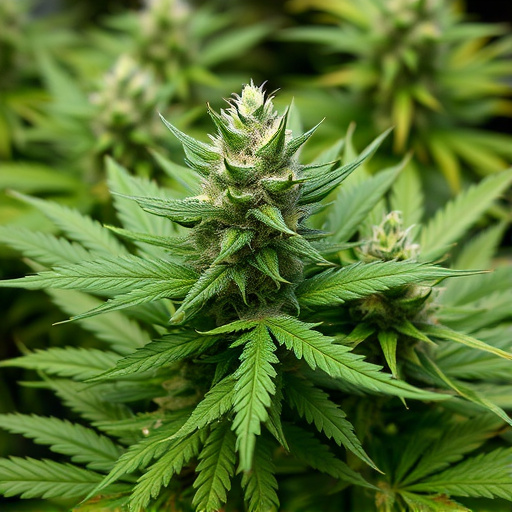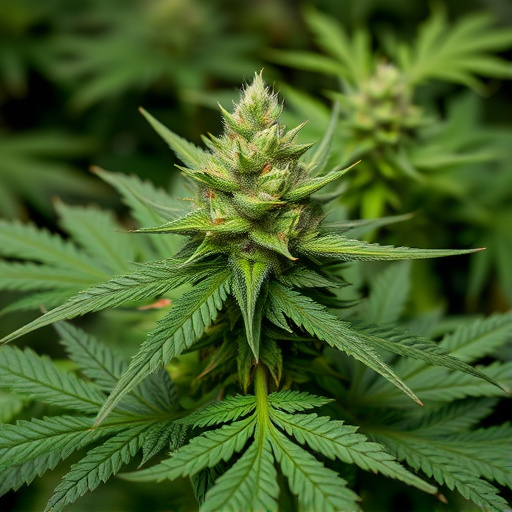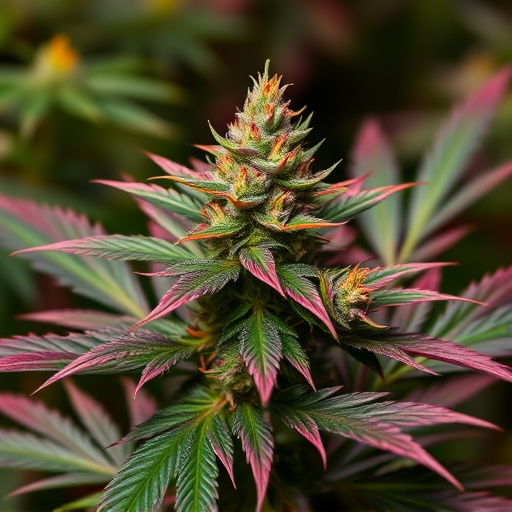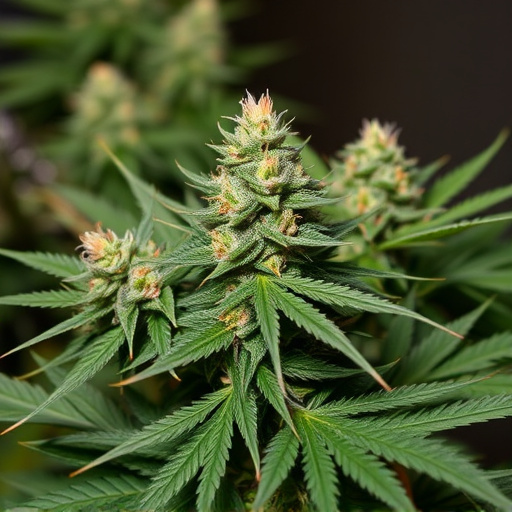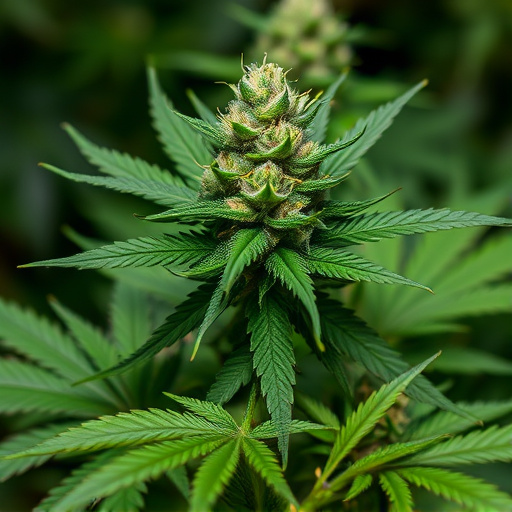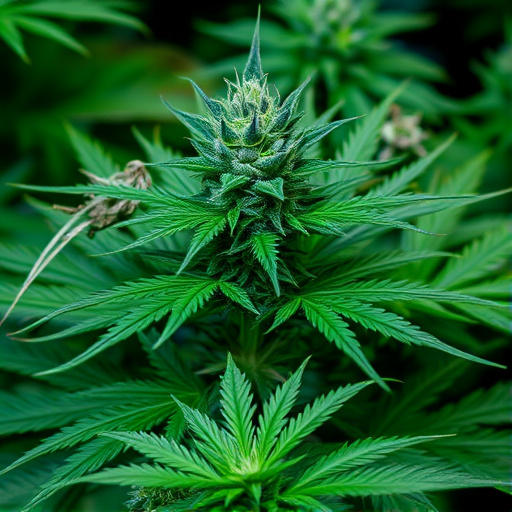THC, a key component in indica cannabis strains, interacts with the body's endocannabinoid system to regulate appetite. When THC binds to ECS receptors, it stimulates brain areas linked to reward and pleasure, often leading to increased food cravings ("munchies"). Indica strains, known for their calming effects, are popular for stimulating appetite or aiding in managing conditions with suppressed hunger due to their impact on hunger hormones like leptin and ghrelin. Higher THC content in indica strains typically enhances these effects.
“Unraveling the intricate relationship between THC and hunger hormones, this article explores how the active compound in cannabis influences our appetite. We delve into the science behind THC’s impact on the body’s complex signaling network that regulates eating. Specifically, we examine the role of indica cannabis strains in modulating appetite and discuss recent findings from scientific studies. By understanding these effects, individuals can make informed decisions regarding their consumption of indica cannabis strains for various purposes.”
- Understanding THC and its Impact on the Body's Hunger Signals
- The Role of Indica Cannabis Strains in Modulating Appetite
- Exploring Scientific Findings: How THC Affects Hunger Hormones
Understanding THC and its Impact on the Body's Hunger Signals
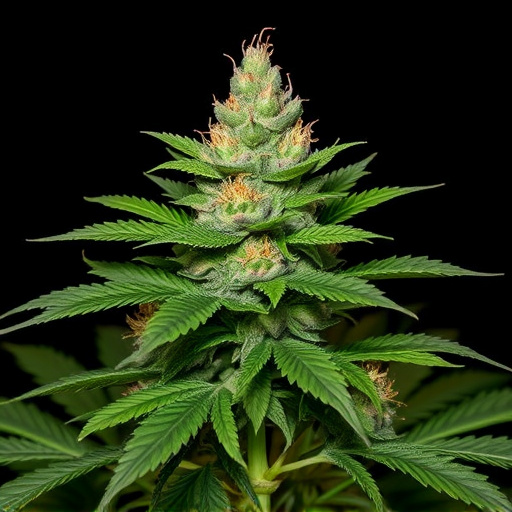
THC, or tetrahydrocannabinol, is a primary compound found in cannabis plants, particularly in indica cannabis strains. It interacts with our body’s endocannabinoid system (ECS), which plays a crucial role in regulating various physiological processes, including appetite and hunger signals. When THC binds to ECS receptors, it can alter the brain’s communication with the rest of the body regarding food intake and satiety.
This interaction leads to the well-documented effect of cannabis on increasing appetite, often referred to as “munchies.” Research suggests that THC stimulates areas of the brain associated with reward and pleasure, which can enhance food cravings. Moreover, it may disrupt the hormones responsible for signaling fullness, causing individuals to feel hungrier than usual. Indica strains, known for their calming and relaxing effects, are often sought after by those aiming to stimulate appetite or manage conditions where hunger is suppressed.
The Role of Indica Cannabis Strains in Modulating Appetite
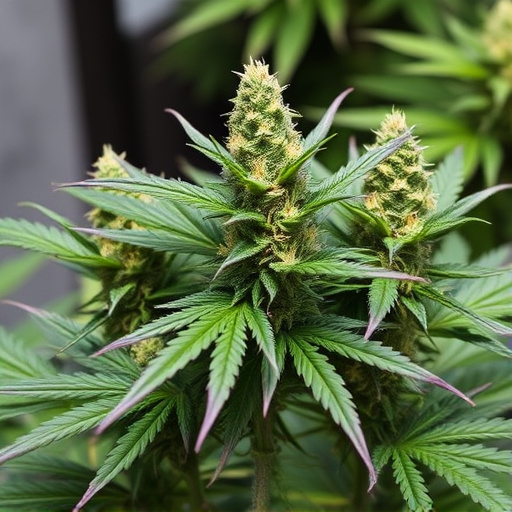
Indica cannabis strains have long been associated with their ability to stimulate appetite and enhance eating experiences. This effect is largely attributed to the interaction between THC (tetrahydrocannabinol), one of the primary psychoactive compounds in cannabis, and specific receptors in the brain that regulate hunger and satiety. Research suggests that THC can modulate these appetite-controlling hormones, leading to increased food intake, particularly for those who may be experiencing eating difficulties due to medical conditions or treatments.
The unique chemical composition of indica strains, rich in terpenes and other cannabinoids, further contributes to their appetite-stimulating properties. Terpenes like myrcene and linalool, commonly found in indica plants, have been linked to reduced anxiety and increased pleasure associated with eating. As a result, many individuals turn to specific indica strains to alleviate nausea and stimulate hunger during medical treatments or for recreational purposes, enjoying the soothing and appetite-boosting effects these strains offer.
Exploring Scientific Findings: How THC Affects Hunger Hormones
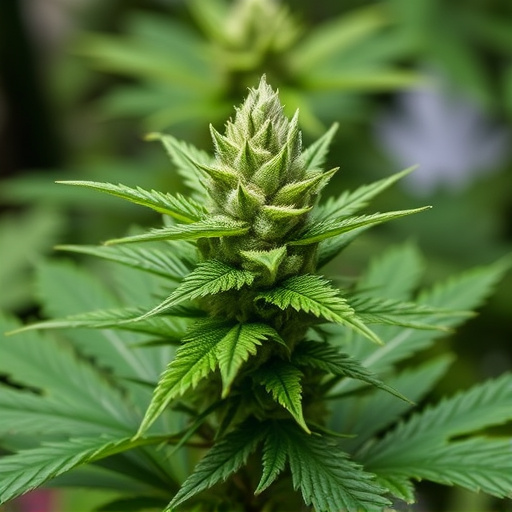
THC, the primary psychoactive compound in cannabis, has been a subject of scientific interest due to its diverse effects on the human body, including its impact on hunger hormones. Numerous studies have explored how THC interacts with our endocannabinoid system, which plays a crucial role in regulating appetite and metabolism. Research suggests that THC can influence hunger by affecting specific hormones, such as leptin and ghrelin.
Indica cannabis strains, known for their calming and relaxing effects, have been linked to increased hunger or “munchies.” THC binds to endocannabinoid receptors in the brain, potentially reducing the feeling of fullness signaled by leptin. Concurrently, it may stimulate the release of ghrelin, often referred to as the “hunger hormone,” leading to enhanced appetite. This double action can explain why consumers often report increased cravings and a desire to eat more after consuming cannabis, particularly strains high in THC.
In conclusion, THC’s influence on hunger hormones is a complex interplay that offers insights into the potential benefits of indica cannabis strains in modulating appetite. Scientific research highlights THC’s ability to impact ghrelin and leptin, the primary hunger and satiety hormones. While further studies are needed, understanding these effects paves the way for exploring how indica strains can assist individuals with eating disorders or those seeking weight management support. The unique properties of these cannabis varieties present an intriguing avenue for future research and potential therapeutic applications.






